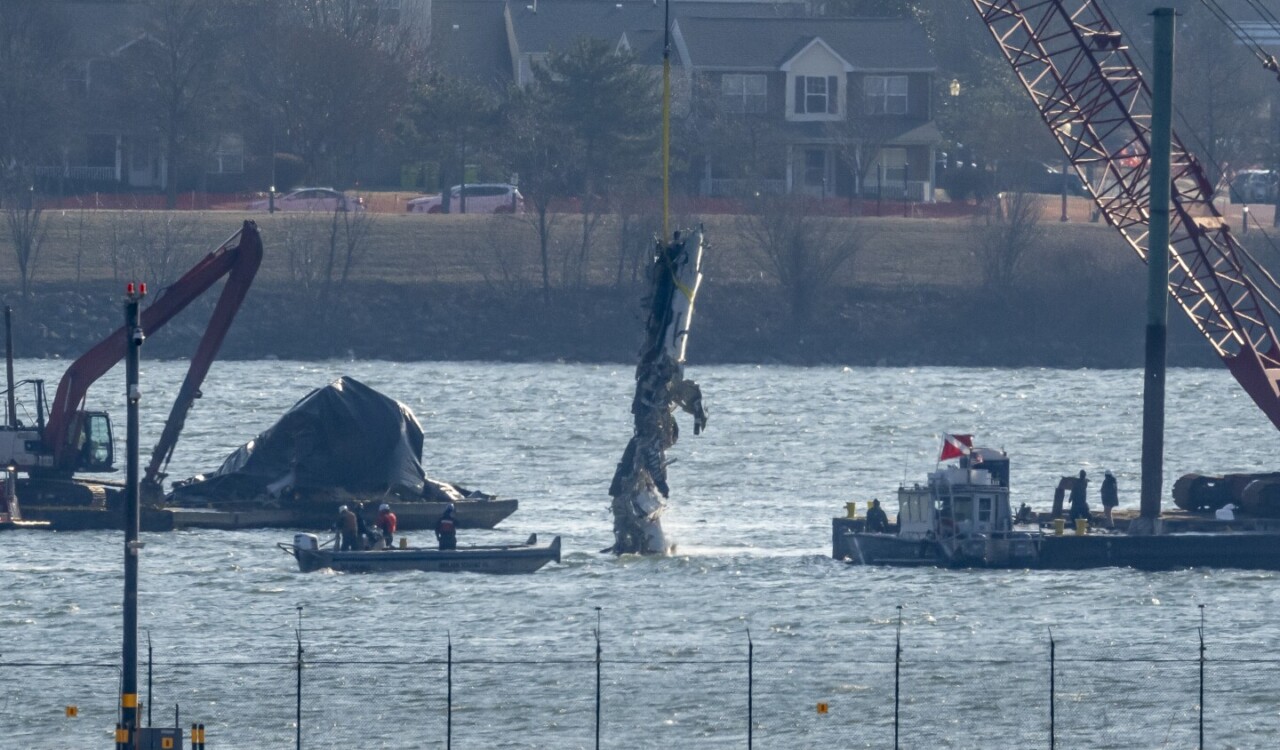In the aftermath of the mid-air collision over the Potomac River in Washington, DC, many are asking: what caused this tragedy?
Unsurprisingly, the conversation surrounding diversity, equity, and inclusion (DEI) in aviation has resurfaced. But is DEI truly a factor in this disaster?
In this newsletter, we aim to review the facts as they stand approximately one week after the tragedy. While some are discussing a change in FAA hiring standards for air traffic controllers, with claims that traditional hiring qualifications were adjusted and more qualified individuals were rejected in favor of DEI-based hiring policies, we will focus on the available facts before drawing conclusions.
For reference, here are links to some of the ongoing reports on FAA hiring practices:
- Newsweek: FAA Rejects Air Traffic Controllers Based on Race?
- NY Post: FAA Lawsuit on Alleged Race-Based Hiring
- ICLG: Class Action Lawsuit Against the FAA
Get Involved: Who do you believe is ultimately at fault for this tragedy? Pilot error? ATC mismanagement? A systemic failure? Please share your thoughts in the comments below.
Now, let’s examine the facts of the accident as they stand today.
What Happened?
On January 29, 2025, a PSA Airlines CRJ-700 regional jet (operating for American Eagle) collided mid-air with a U.S. Army National Guard UH-60 or VH-60 Black Hawk helicopter near Ronald Reagan Washington National Airport (DCA). The crash occurred at approximately 400 feet above the ground while the CRJ-700 was on final approach to Runway 33 at DCA.
A Breakdown of the Events
- The Regional Jet’s Approach: The CRJ-700 was flying a sidestep maneuver from Runway 1 to Runway 33—a standard but demanding approach at DCA. The aircraft was performing a stabilized approach and was where it was supposed to be.
- The Helicopter’s Route: The National Guard helicopter was operating out of Joint Base Anacostia-Bolling and crossing the Potomac River as per a published and approved helicopter transit procedure.
- Air Traffic Control (ATC) Interaction:
- The Collision:
Analyzing the Possible Causes
Investigators are examining several critical factors that may have contributed to the crash:
Did the Helicopter Misjudge the Situation?
Despite confirming that it had the CRJ-700 in sight, the helicopter did not successfully pass behind the jet as instructed. Possible contributing factors include:
- Background Lighting Issues: Nighttime conditions can camouflage an aircraft’s lights against city lights, making detection difficult.
- Aircraft Confusion: The helicopter crew may have mistakenly tracked the wrong aircraft (another American Airlines jet was also in the vicinity).
- Limited Situational Awareness: Helicopters and commercial jets were operating on separate radio frequencies, reducing the ability to hear each other’s communications.
The Role of Night Vision Goggles (NVGs)
Reports suggest that the helicopter crew was using NVGs during the flight. While NVGs enhance vision in low-light conditions, they also:
- Restrict peripheral vision, making it harder to spot nearby aircraft.
- Reduce depth perception, complicating the ability to judge distance and trajectory accurately.
- May have contributed to the misjudgment of the CRJ’s position.
Air Traffic Control and Procedural Factors
- Runway Change: The CRJ was originally cleared for Runway 1 but was asked to circle and land on Runway 33, potentially increasing the risk of conflict.
- Tightly Controlled Airspace: Washington, DC’s airspace is one of the most restrictive and congested in the world, with numerous aircraft operating in close proximity.
The Limitations of TCAS (Traffic Collision Avoidance System)
- TCAS does not issue a resolution advisory (RA) below 1,000 feet, meaning that:
- If the helicopter did not have its transponder on, it may not have been visible to the CRJ’s TCAS system.
The DEI Debate: Fact or Speculation?
There has been speculation that FAA hiring practices influenced air traffic control decisions leading up to the accident. What do we know?
- There is an ongoing lawsuit alleging that the FAA changed hiring criteria for air traffic controllers, rejecting some traditionally qualified candidates in favor of DEI-based selections.
- However, there is no direct evidence linking this policy change to the Potomac mid-air collision.
- The FAA’s role in this specific incident remains under investigation and should not be prematurely linked to DEI without concrete findings.
On Aviation™ Note: At this time, no peer-reviewed research or official investigation has confirmed that DEI initiatives contributed to this accident. While the FAA’s hiring policies deserve scrutiny, it is essential to rely on facts and data rather than speculation.
Conclusion
This tragic accident has shaken the aviation industry, marking the first major airline accident in the U.S. since 2009. As investigations unfold, key questions remain: Did the helicopter misjudge the CRJ’s position? Did night vision goggles play a role in obscuring the pilot’s depth perception? Was there a failure in air traffic control procedures? Was there an issue with TCAS or transponder functionality? While some are quick to blame FAA hiring policies and DEI initiatives, the actual causes are still under investigation. It is essential to wait for the full NTSB report before making definitive conclusions.
Thank you for reading this week’s On Aviation™ full article. Who do you believe is ultimately at fault for this tragedy? Pilot error? ATC mismanagement? A systemic failure? Please share your thoughts in the comments below. Remember to check out our On Aviation™ Podcast and continue the conversation on our Twitter and Instagram.
Orlando Spencer – On Aviation™
References
Blocolario. (2025, January 29). Potomac Mid-Air Collision DCA 1/29/25 [Video]. YouTube. https://www.youtube.com/watch?v=ouDAnO8eMf8
The Aviation Safety Network. (2025). Potomac Mid-Air Collision DCA 1/29/25. Retrieved from https://asn.flightsafety.org/wikibase/474365
VasAviation. (2025, January 30). Audio of MID-AIR CRASH into Potomac River | Regional Jet and Black Hawk Helicopter [Video]. YouTube. https://www.youtube.com/watch?v=CiOybe-NJHk&t=380s
VasAviation. (2025, January 30). Audio of MID-AIR CRASH into Potomac River | Regional Jet and Black Hawk Helicopter [Video]. YouTube.https://www.youtube.com/watch?v=CiOybe-NJHk&t=22s
